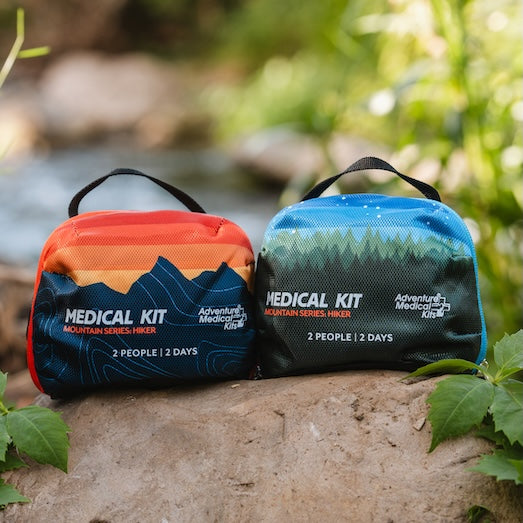With the season of the orange-clad huntsman comes an opportunity for hunting injuries, most notably for gunshot wounds. More than 35,000 of these incidents occur in the U.S. each year – usually relegated to the wilds of major metropolitan areas. What you don’t know or what you think you know, but are mistaken, can make someone with a gunshot wound worse. So, let’s take aim at some of the enduring myths and misconceptions surrounding this potentially life-threatening hunting injury.
Gunshot Wounds: Myth vs. Reality

Myth:
Modern, high-powered bullets always leave exit wounds larger than entrance wounds.
The Reality:
It's not necessarily so. A tumbling, twisting, mushrooming bullet may surely create a gunshot wound much larger when it leaves a body, but often the bullet breaks apart or shatters a bone, and small fragments blow out of the body through a hole or holes smaller than the entrance wound. Remember, don’t focus solely on the entrance wound and forget to look for the exit wound.
Myth:
Big bullets leave big holes and vice versa for little bullets.
The Reality:
Think again. Sharp edges (such as arrowheads) slice the skin, but bullets stretch skin, crushing it momentarily before blasting through, and the elasticity of skin causes it to bounce back, leaving a hole typically smaller than the bullet’s size.
Myth:
You can judge the path of a bullet through a body by the orientation of the entrance and exit wounds.
The Reality:
Not necessarily true. The hunk of lead can make mysterious turns and ricochets once inside a body, entering, for instance, the shoulder and ending up passing through the abdomen or entering the thigh and ripping up into the chest.
The Correct Response
Check for both entrance and exit wounds, yes, and apply direct pressure with bulky material such as the trauma pad from your first aid kit or shirts and bandannas. When external bleeding has stopped, cover the wounds with sterile dressings. The petrolatum dressing in Sportsman 400 medical kit works very well at protecting the wound and speeding up the healing process.

Pack a medical kit that contains supplies to control bleeding from gunshot wounds, like a trauma pad, pressure bandage, and tourniquet.
In arm and leg wounds, bones may have been broken. Check for broken bones and splint the extremity if necessary. Treat for shock and go for help ASAP.
Some Points About Arrow Wounds
If you base your management of impaled arrows on John Wayne movies (think of the “Duke” in one his many popular Westerns, heroically ripping out Indian arrow after Indian arrow as if they were bothersome splinters), number yourself among the first-aid impaired. Today’s broadheads are not only razor sharp, but also are designed to tear apart large chunks of an animal’s anatomy. Pushing one through or, even worse, trying to pull one out usually enlarges the problem substantially.
The Correct Response
You can cut off, if you’re able, the visible shaft down to three or four inches. Pad around the shaft well with gauze or clean clothing and tape or tie the object securely to prevent movement. If the object is stuck in an arm or leg, be sure the tape or ties does not cut off blood flow past the tape or ties. Treat for shock. Go for help.
Recommended Gear List
Sportsman 400 Medical Kit – Includes a trauma pad and pressure bandage for stopping bleeding, among other hospital quality wound care materials like nitrile gloves for safely handling blood-soaked bandages and clear instructions on how to stop bleeding; designed specifically for hunting injuries.
Trauma Pak with QuikClot – Comes with essential wound care materials, including QuikClot, the US Military’s hemostatic bandage of choice; stops serious bleeding fast.














